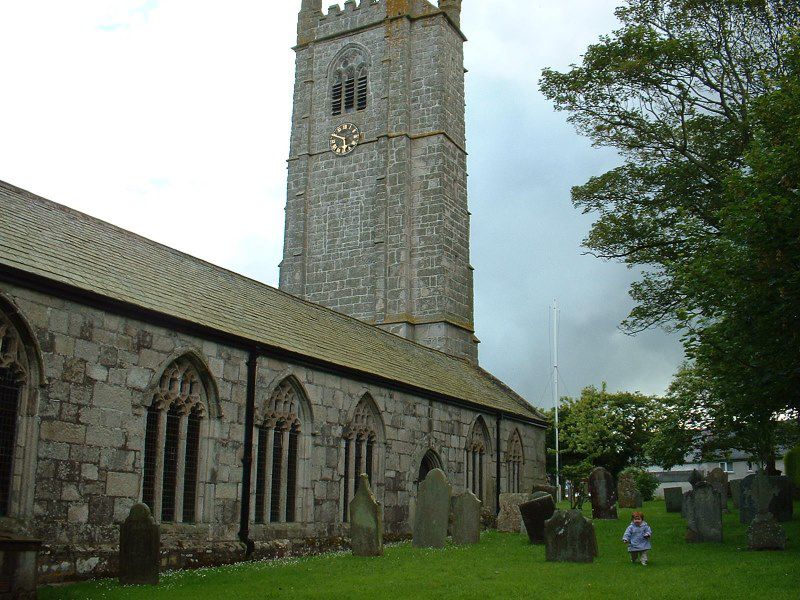
No place now exists called Tregenza but there is extensive evidence of such a place. A search of manorial and other records leads to a farmstead in Creed parish, midway between Truro and St Austell in Cornwall.
Ordnance Survey map references
View the location using Bing Maps or Google Maps
Creed Parish
The farmstead Tregenza was situated in Creed parish. The parish lies in hilly country dissected by tributaries of the river Fal but away from the coast. It was difficult land to cross until the large bridge was built on the northern edge of the parish to allow the St Austell to Truro turnpike to cross the river Fal. The bridge and area were called Ponsmur (big bridge) in Cornish but the name that was retained derived from Norman French equivalent (Grand pont in modern French). The village that developed near the bridge is now called Grampound (Graundpount in 1375). All modern development has occurred in this village, which became so important that it had its own chapel in the 13th century (charter granted in 1332). The local manor of Tybesta (Tibesta in the Norman Doomsday book) in the Hundred of Powder was extremely powerful and caused the rise of Grampound leaving Creed to this day undeveloped and agricultural.
The church is attractively situated and old but not remarkable except for the traces of a "lan". This feature is typically celtic and was a roughly circular area often marked by a low stone wall. It was built to show the extent of the sacred site. Its presence shows that the site is an old christian site of the celtic era despite the oldest structures of church being Norman (tower 1447). Nothing is known of the saint attributed to the church but it is presumed that St Crida (that became corrupted to Creed over the years) was a celtic saint.
The economic activities of Cornwall other than agriculture were either to do with the sea (shipping, smuggling and fishing) and mineral extraction (copper, tin and china clay). Mining developed early in the history of Cornwall and it is probable that Tregenzas from Creed would have moved to the nearest developments in the parishes just to the north (St Stephen, St Ewe and St Mewan).
